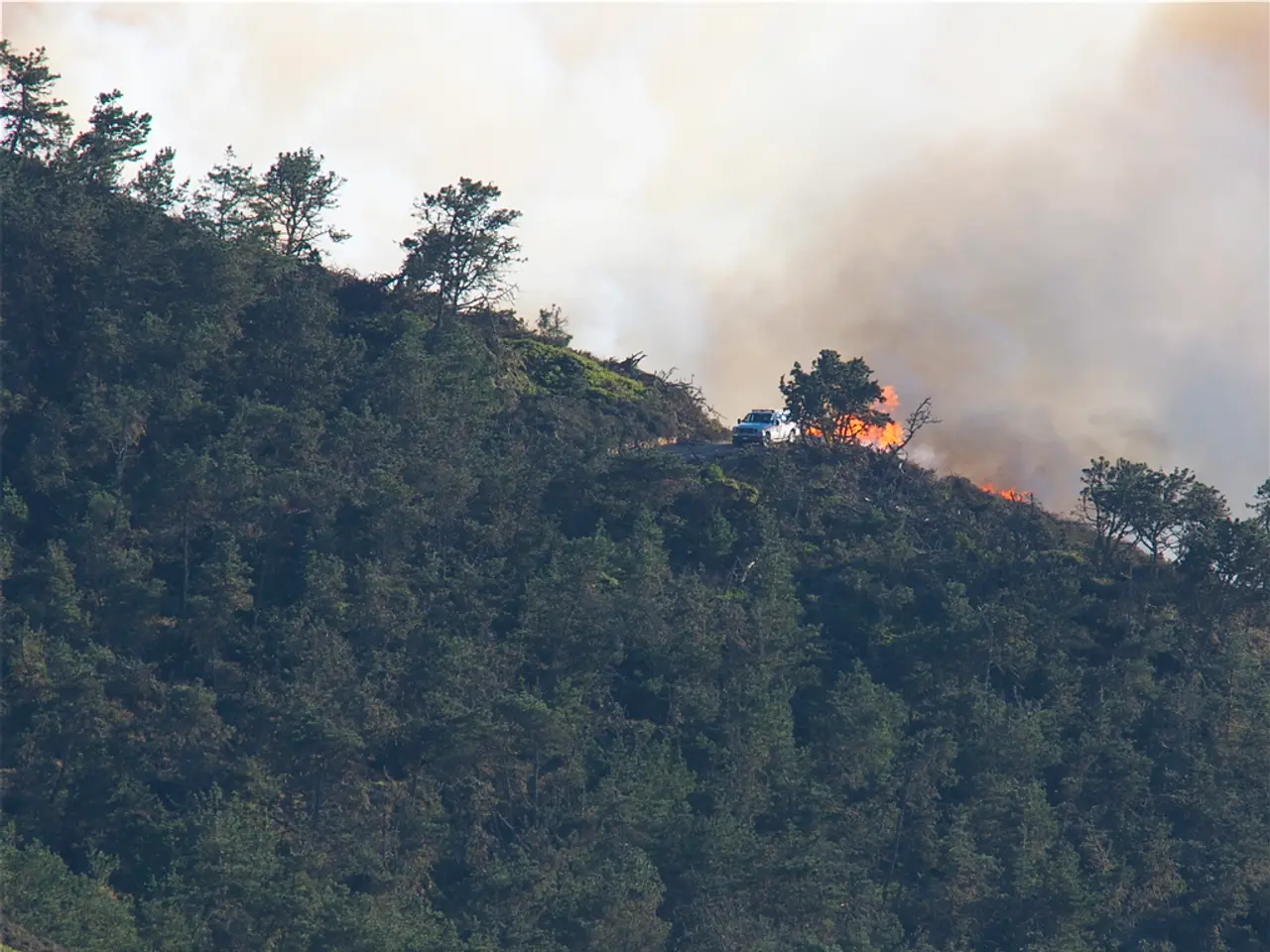Health professionals issue alerts on the potential health risks posed by fire smoke
Wildfires can be devastating events, causing destruction and displacement. But they also pose a hidden danger: the smoke they produce can have severe health consequences, especially for vulnerable populations.
Prolonged exposure to smoke from forest fires significantly impacts respiratory and cardiovascular health, especially in groups such as the elderly, people with pre-existing respiratory and cardiovascular diseases, pregnant women, and children.
The Directorate-General for Health (DGS) advises the population to avoid exposure to smoke. It discourages outdoor activities during forest fires and suggests staying indoors with windows and doors closed. The DGS recommends using air conditioning in recirculation mode during these times. Those who must go out during forest fires should wear a mask, the DGS advises.
The DGS does not specify any exceptions for vulnerable groups in its recommendations during forest fires. However, experts advise these populations, such as the elderly and those with respiratory and cardiovascular diseases, to leave risk areas during forest fires.
Wildfire smoke contains fine particulate matter (PM2.5 and smaller) and other pollutants like carbon monoxide (CO), nitrogen oxides (NOx), and volatile organic compounds (VOCs) that can penetrate deep into the lungs and enter the bloodstream. This exposure causes or worsens respiratory conditions such as bronchitis, pneumonia, chronic obstructive pulmonary disease (COPD), asthma exacerbations, and allergic reactions. It also increases cardiovascular risks, including hypertension, heart attacks, strokes, and elevated hospitalizations due to cardiovascular events.
Children have developing lungs and immune systems, making them more susceptible to airway inflammation, asthma attacks, and long-term lung function impairment. The elderly often have pre-existing weakened respiratory and cardiovascular systems, increasing their risk for severe effects like heart attacks, strokes, and respiratory failure. People with existing respiratory and cardiovascular diseases face heightened exacerbations, leading to increased hospitalization and mortality rates.
Pregnant women may experience worsened cardiovascular and respiratory stress, potentially affecting both maternal and fetal health, although specific fetal risks require further research. Air pollution exposure is generally linked to adverse pregnancy outcomes.
The combination of heat and inhalation of smoke can lead to serious health problems. The DGS advises against using combustion sources such as gas or wood during forest fires. Inhalation of forest fire smoke can lead to cell damage in the respiratory system, potentially worsening pre-existing diseases.
The DGS does not recommend the use of HEPA filters for air purification during forest fires. However, it is crucial to keep indoor air as clean as possible. Regularly changing air filters and vacuuming can help reduce indoor air pollution.
In summary, wildfire smoke exposure causes acute and chronic respiratory and cardiovascular harm, with more pronounced effects for vulnerable populations. This necessitates targeted public health interventions during wildfire events. If you are in a vulnerable group or live in an area affected by wildfires, it is essential to follow the DGS's recommendations and take extra precautions to protect your health.
Read also:
- Is it advisable to utilize your personal health insurance in a publicly-funded medical facility?
- Dietary strategies for IBS elimination: Aims and execution methods
- Benefits, suitable dosage, and safety considerations for utilizing pumpkin seed oil in treating an overactive bladder
- Harmful Medical Remedies: A Misguided Approach to Healing








